 Recently, I've been asked to prepare a meal that would allude to the Turkish cuisine. I didn't have to think for long as I still recall the memories from my first visit in the region. Even though these were deeply buried in my memory, I still could remember the walking trips around the ancient Antalya, sometimes only for the sole purpose of trying street cuisine and drink coffee brewed in special crucibles. Linen bags filled with fragrant herbs were taking you to the world of One Thousand and One Nights.
Recently, I've been asked to prepare a meal that would allude to the Turkish cuisine. I didn't have to think for long as I still recall the memories from my first visit in the region. Even though these were deeply buried in my memory, I still could remember the walking trips around the ancient Antalya, sometimes only for the sole purpose of trying street cuisine and drink coffee brewed in special crucibles. Linen bags filled with fragrant herbs were taking you to the world of One Thousand and One Nights.
The recipe that I'll share with you today is pide. It is a type of a yeasty fluffy pastry in the shape of a boat – often compared to Italian pizza, but it doesn't taste like it at all (here, you add natural yoghurt to the dough). Allegedly, pide were the basic food of nomadic tribes. Baked directly over the flames on an iron baking tray. Most often you can come across a version where pide are stuffed with cheese and minced meat with oregano – spice that is so characteristic for this region. Would anyone like some?
* * *
Ostatnio zostałam poproszona o przygotowanie dania, które nawiązałoby do smaków tureckich. Nie musiałam się długo zastanawiać, bo choć w nieco dalekiej pamięci, kryją się wspomnienia mojego pierwszego wyjazdu w tamte strony, to nadal pamiętam piesze wędrówki po antycznej Antalii, czasami po to tylko, by spróbować ulicznej kuchni i napić się kawy parzonej w specjalnych tygielkach. Lniane worki wypełnione aromatycznymi ziołami, przenosiły pieszego w świat Księgi tysiąca i jednej nocy.
Przepis z którym się dzisiaj z Wami dzielę, to pide. Jest rodzajem drożdżowego, puszystego placka w kształcie łódki – przyrównywane do włoskiej pizzy, ale nią nie jest (tu do ciasta dodajemy jogurt naturalny). Podobno placki były podstawowym pożywieniem plemion koczowniczych. Pieczone bezpośrednio nad ogniem na żelaznej blasze. Najczęściej spotykana wersja to taka, która zawiera nadzienie serowe z mięsem mielonym z dodatkiem oregano – przyprawą tak charakterystyczną dla tego regionu. Czy ktoś się skusi?
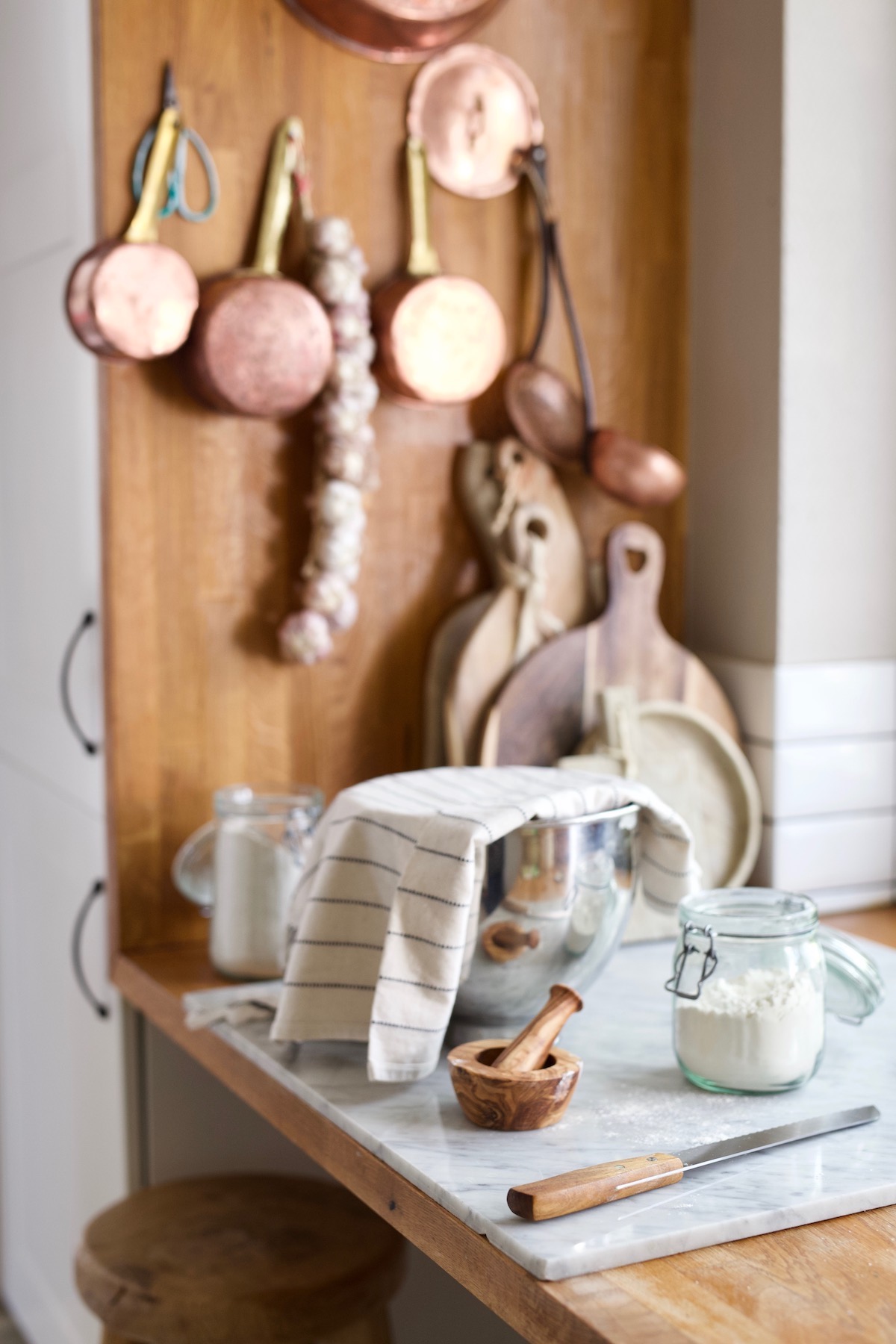 Ingredients:
Ingredients:
(recipe for 2 pide)
dough recipe:
400 g of wheat flour
25 g of fresh yeast
150 ml of luke
warm water
1 tablespoon of olive oil or plant oil
2 tablespoons of natural yoghurt
pinch of sea salt
1-2 tablespoons of nigella or black sesame
1 whisked egg for spreading over the rims
filling:
approx. 220 g of beef rib eye steak
1 teaspoon of dried oregano
2 red onions or 3-4 shallots
3-4 cloves of garlic
2 tablespoons of chopped Jalapeño
pinch of freshly ground pepper and sea salt
1 yellow pepper
ground cheese to sprinkle everything (I used Cheddar)
2 eggs (optional)
grease for frying
* * *
Skład:
(przepis na 2 placki)
przepis na ciasto:
400 g mąki pszennej
25 g świeżych drożdży
150 ml letniej wody
1 łyżka oliwy z oliwek lub oleju roślinnego
2 łyżki jogurtu naturalnego
szczypta soli morskiej
1-2 łyżki czarnuszki lub czarnego sezamu
1 roztrzepane jajko do smarowania brzegów ciasta
farsz:
ok. 220 g antrykotu wołowego
1 łyżeczka suszonego oregano
2 czerwone cebule lub 3-4 szalotki
3-4 ząbki czosnku
2 łyżki posiekanych Jalapeño
szczypta świeżo zmielonego pieprzu i soli morskiej
1 żółta papryka
tarty ser do posypania (użyłam Cheddar)
2 jajka (opcjonalnie)
tłuszcz do smażenia

Directions:
- To prepare the dough: melt the yeast with sugar. Wait until it starts to work. Add lukewarm water and stir. Afterwards, add yoghurt, oil, flour, and salt. Prepare the dough (use the so-called dough hook). The dough should be soft and elastic. Leave it aside in a warm place until it increases in bulk. It's best to leave it for 1.5 h under a linen cover.
- To prepare the filling: mince the meat into very thin slices. In a hot pan with grease, delicately fry onion slices, oregano, squeezed garlic, and chopped Jalapeño. Then, add beef slices. Season everything with pepper and salt.
- Knead the ready dough once more and divide it into 2 parts (we can also prepare smaller pide) and form oval pastries and fill them with meat filling. Add grated cheese. Roll the rims to create small boats. Grease the rims with whisked egg and sprinkle them with nigella and sesame. Bake pide in the oven preheated to 220ºC for around 20-25 minutes. I recommend baking it on a baking stone – here, you'll find a remainder. If you are using a baking stone, baking time will be shorter. A few minutes before the end of baking, open the oven and carefully break the egg over the dough. Bake for a few minutes until the egg curdles.
* * *
A oto jak to zrobić:
- Aby przygotować ciasto: drożdże rozpuszczamy z cukrem, gdy zaczną pracować dolewamy letniej wody i mieszamy. Następnie dodajemy jogurt, olej, mąkę i sól. Wyrabiamy ciasto (korzystam z tzw. haka). Ciasto powinno być gładkie i elastyczne. Odstawiamy w ciepłe miejsce do wyrośnięcia, najlepiej na 1,5 godziny, pod przykryciem lnianej serwety.
- Aby przygotować farsz: mięso siekamy na bardzo cienkie plastry. Na rozgrzanej patelni z tłuszczem podsmażamy delikatnie plastry cebuli, oregano, wyciśnięty czosnek i posiekane Jalapeño. Następnie dodajemy plastry wołowiny. Całość doprawiamy pieprzem i solą.
- Wyrośnięte ciasto wyrabiamy ponownie i dzielimy na 2 części (możemy zagnieść mniejsze placki) i formujemy owalny placek i nakładamy farsz z mięsem. Dodajemy tarty ser. Ciasto z brzegów zawijamy na kształt łódki. Brzegi smarujemy roztrzepanym jajkiem i posypujemy czarnuszką lub sezamem. Pide pieczemy w rozgrzanym piekarniku w 220 stopniach C przez ok. 20-25 minut. Polecam upiec na kamieniu do pizzy – tutaj przypomnienie, wówczas czas pieczeniu nieco krótszy. Na kilka minut przed końcem pieczenia, otwieramy piekarnik i ostrożnie wbijamy jajko na ciasto. Pieczemy przez chwilkę, aż zetnie się białko.
 Chop the beef into very fine slices. In a hot pan with grease, delicately fry onion slices, oregano, squeezed garlic, and chopped Jalapeño. Then, add beef slices. Season everything with pepper and salt. The origins of the used spices is important – oregano matures in dry and warm climate of Turkey.
Chop the beef into very fine slices. In a hot pan with grease, delicately fry onion slices, oregano, squeezed garlic, and chopped Jalapeño. Then, add beef slices. Season everything with pepper and salt. The origins of the used spices is important – oregano matures in dry and warm climate of Turkey.
* * *
Wołowinę siekamy na bardzo cienkie plastry. Na rozgrzanej patelni z tłuszczem podsmażamy delikatnie plastry cebuli, oregano, wyciśnięty czosnek i posiekane Jalapeño. Następnie dodajemy plastry wołowiny. Całość doprawiamy pieprzem i solą. Miejsce pochodzenie przyprawy ma znaczenie – oregano dojrzewa w suchym i gorącym klimacie Turcji.
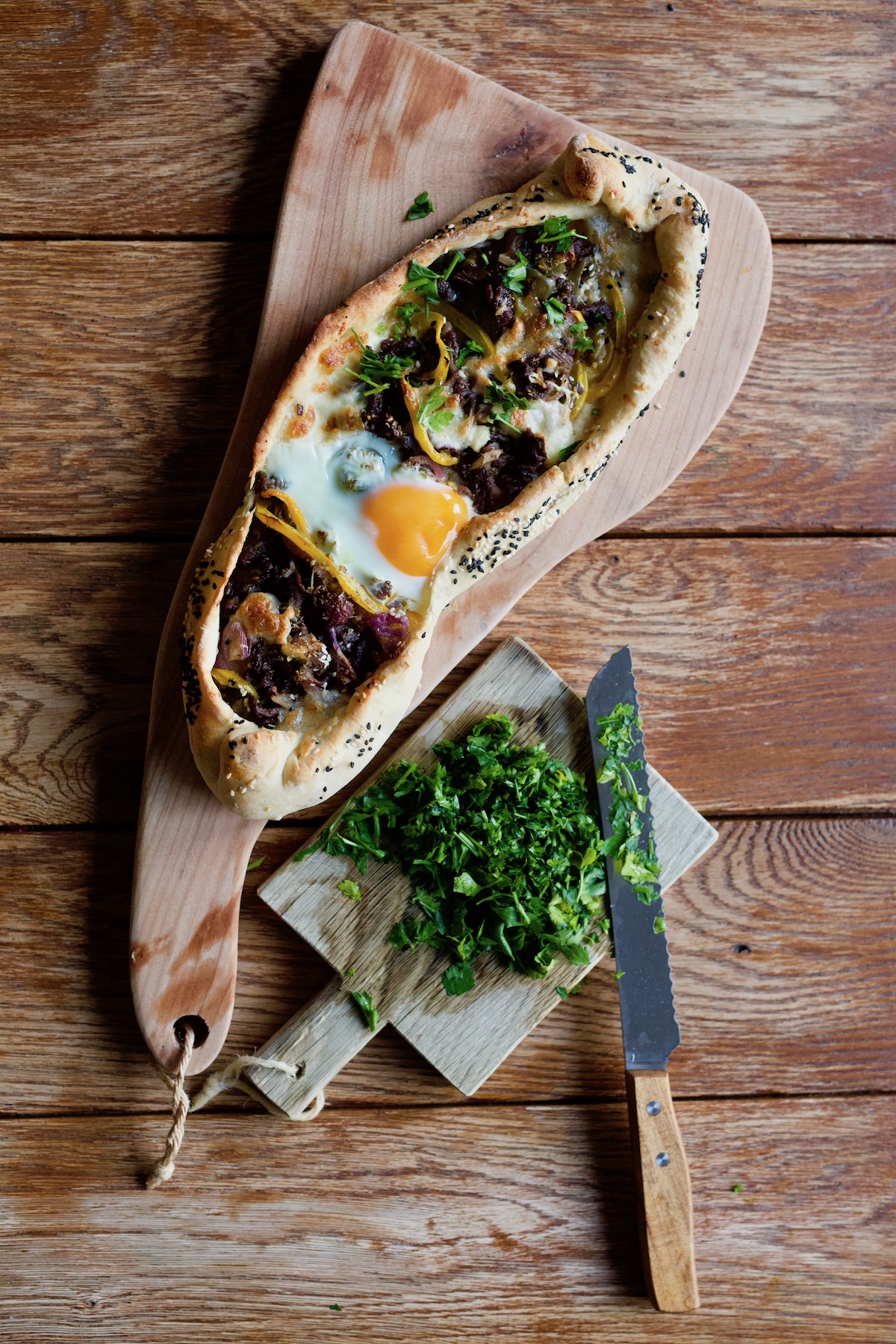 Baked pide can be served with chopped parsley!
Baked pide can be served with chopped parsley!
Upieczone pide możemy podać z posiekaną pietruszką!
 I’m inviting you over for home-made cookies with peanut butter and sea salt. They’re buttery – just as we like – and very crisp (however, if you’d like them chewy, you can replace peanut butter with crumbled fudges). After baking, they are soft for a while, but then they harden. Some dip them in milk, others in cocoa!
I’m inviting you over for home-made cookies with peanut butter and sea salt. They’re buttery – just as we like – and very crisp (however, if you’d like them chewy, you can replace peanut butter with crumbled fudges). After baking, they are soft for a while, but then they harden. Some dip them in milk, others in cocoa! Ingredients:
Ingredients: Directions:
Directions:

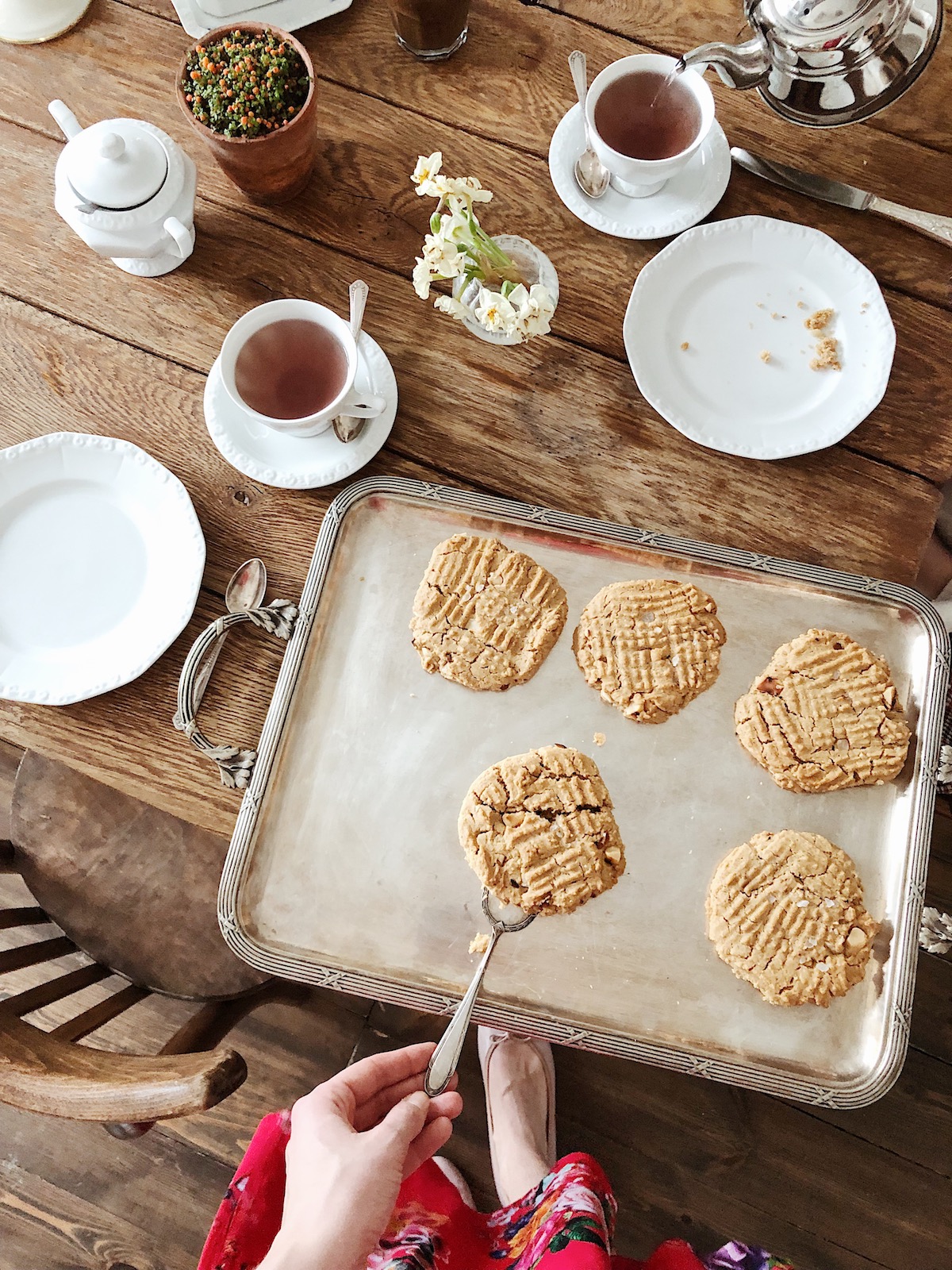









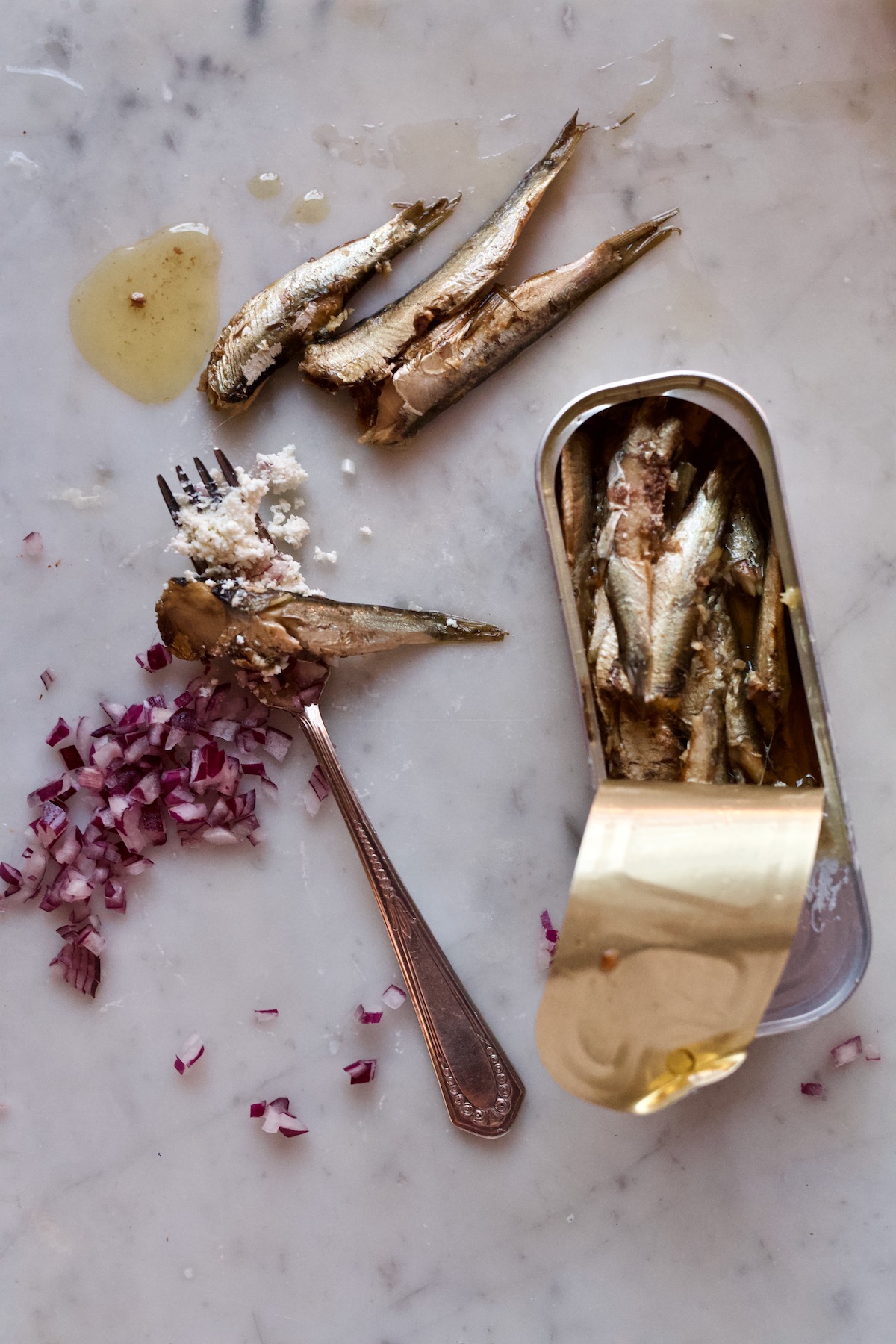
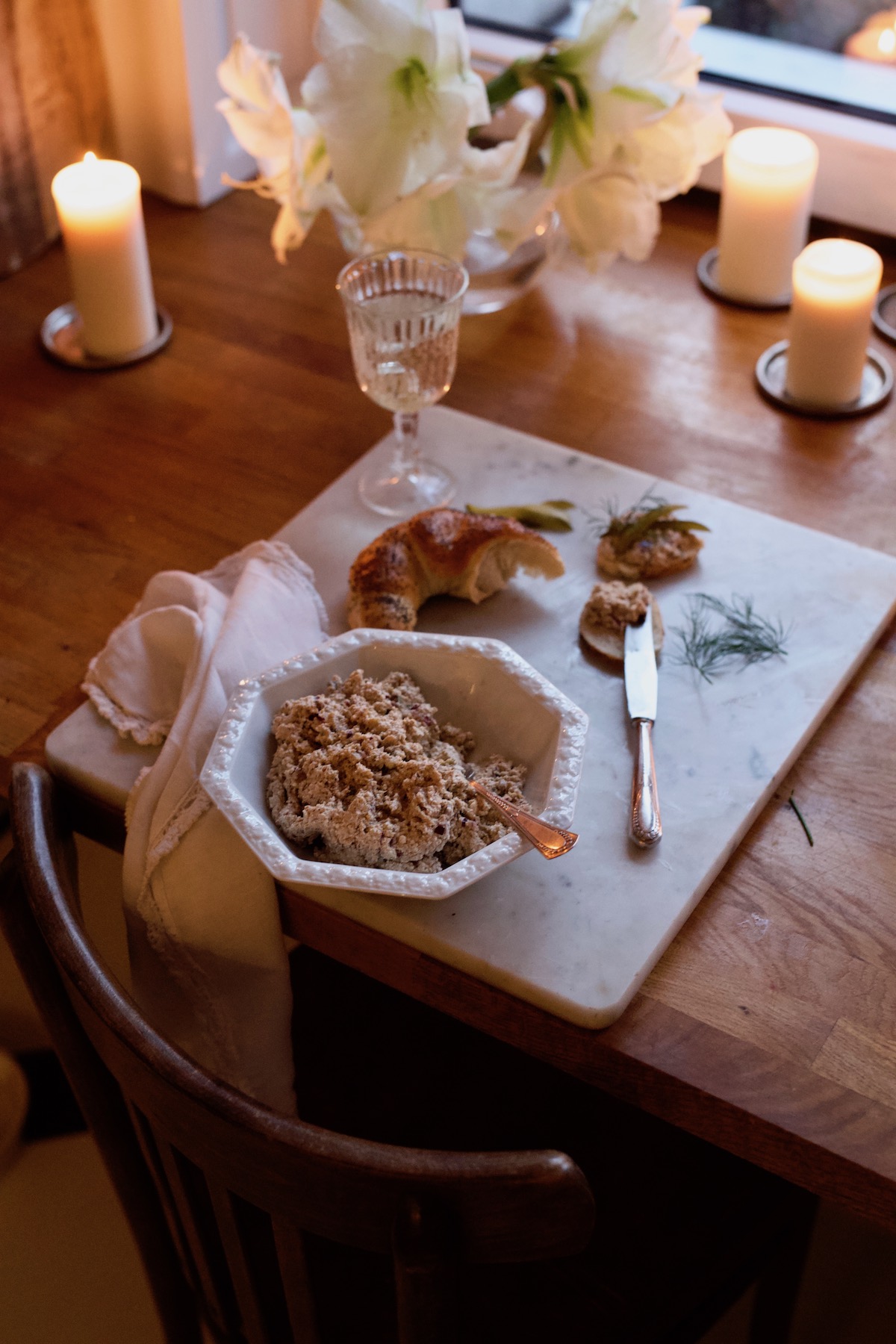





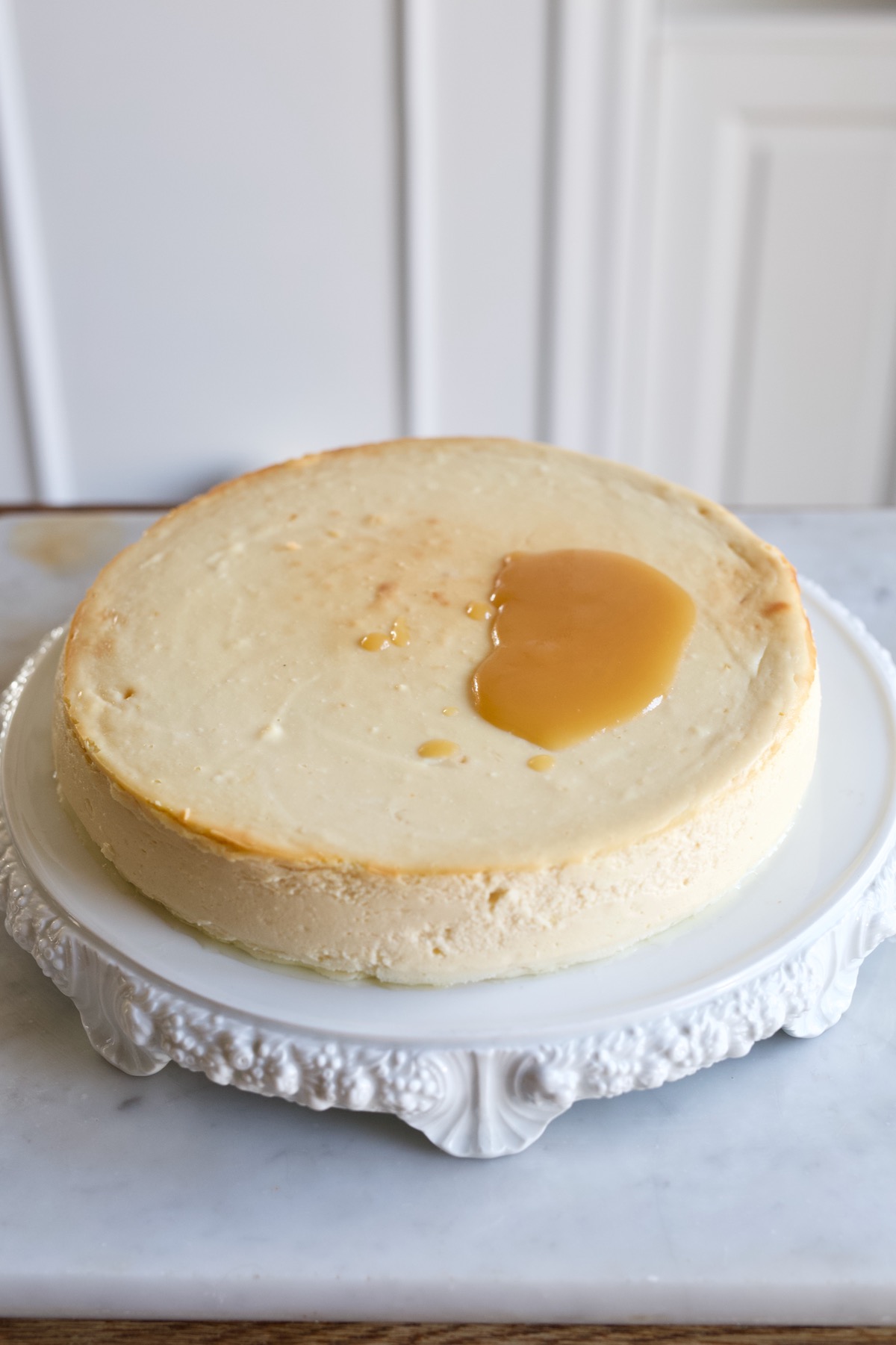 Gdy sernik wystygnie (nie wcześniej) polewamy gotowym (nie gorącym!) karmelem.
Gdy sernik wystygnie (nie wcześniej) polewamy gotowym (nie gorącym!) karmelem.
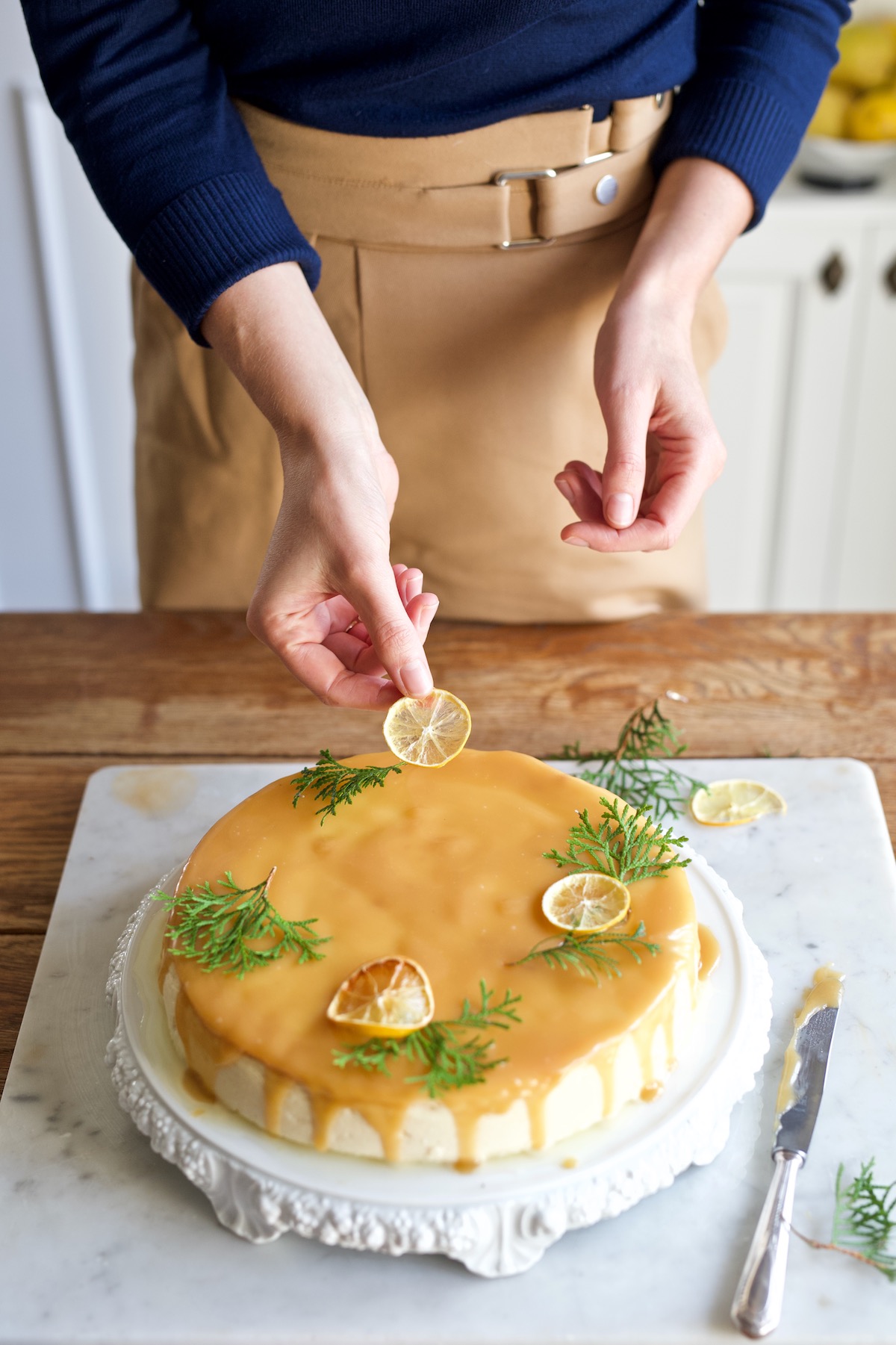 Suszone plastry cytryny lub pomarańczy i świeże gałązki nadadzą świątecznego nastroju.
Suszone plastry cytryny lub pomarańczy i świeże gałązki nadadzą świątecznego nastroju.





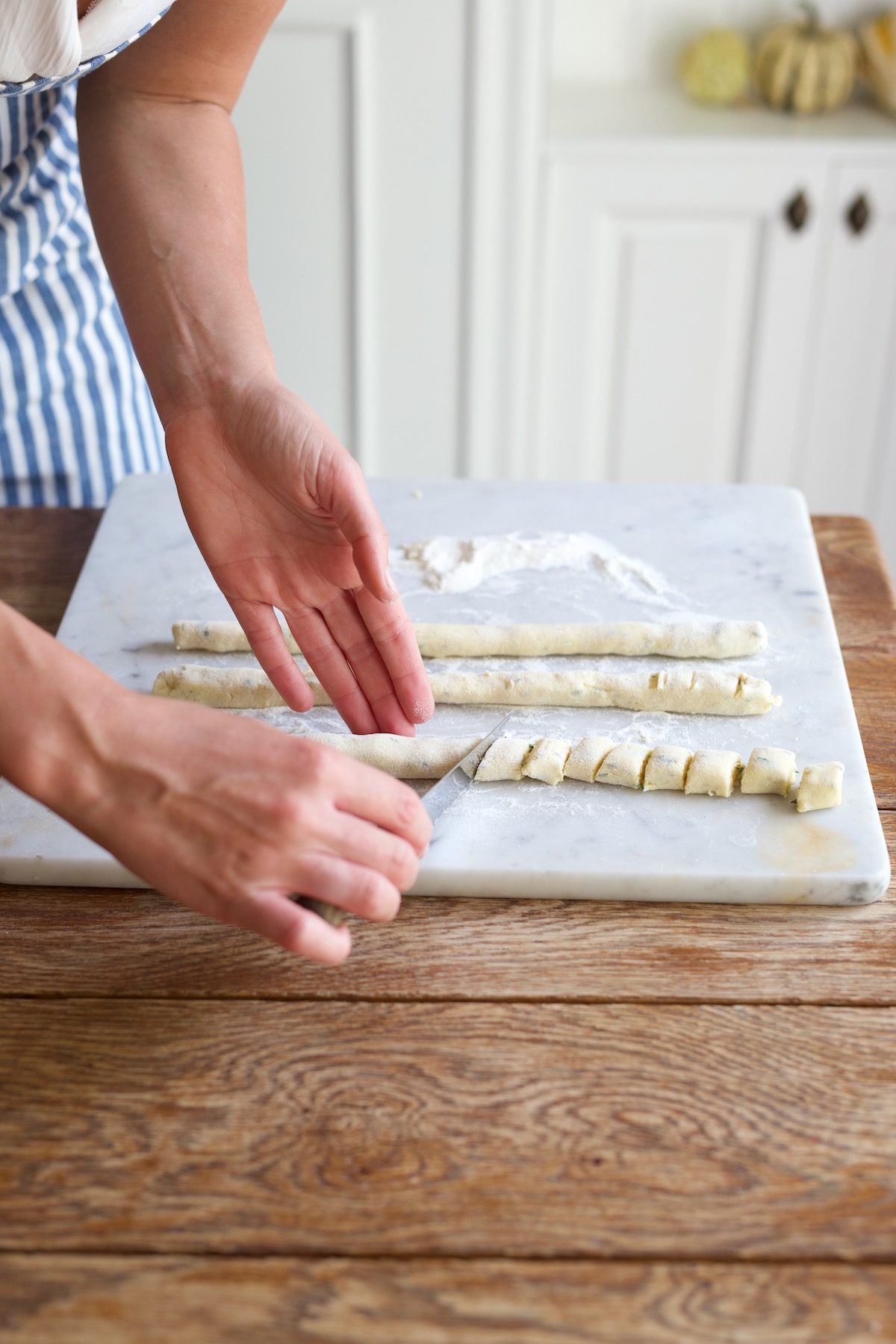
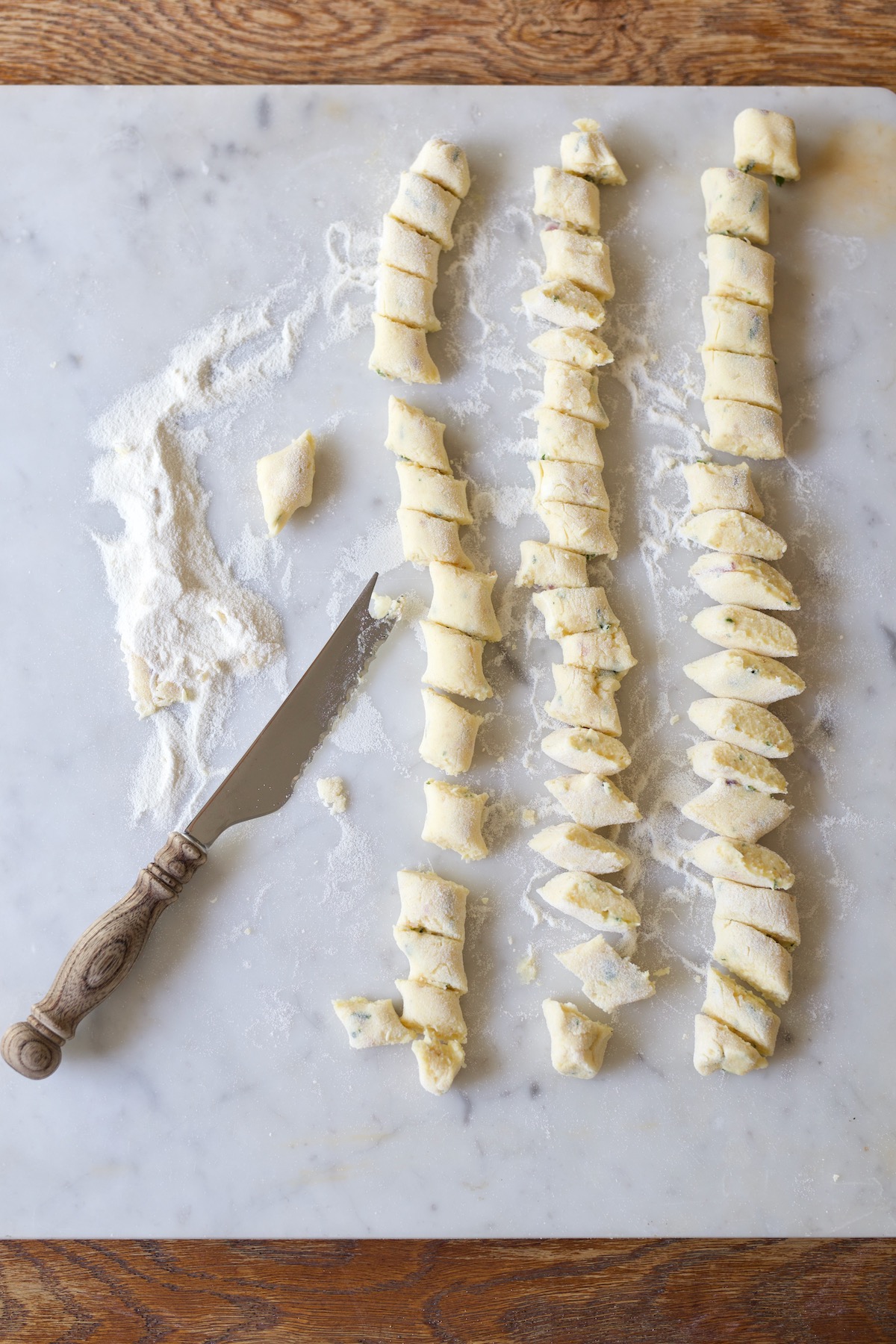


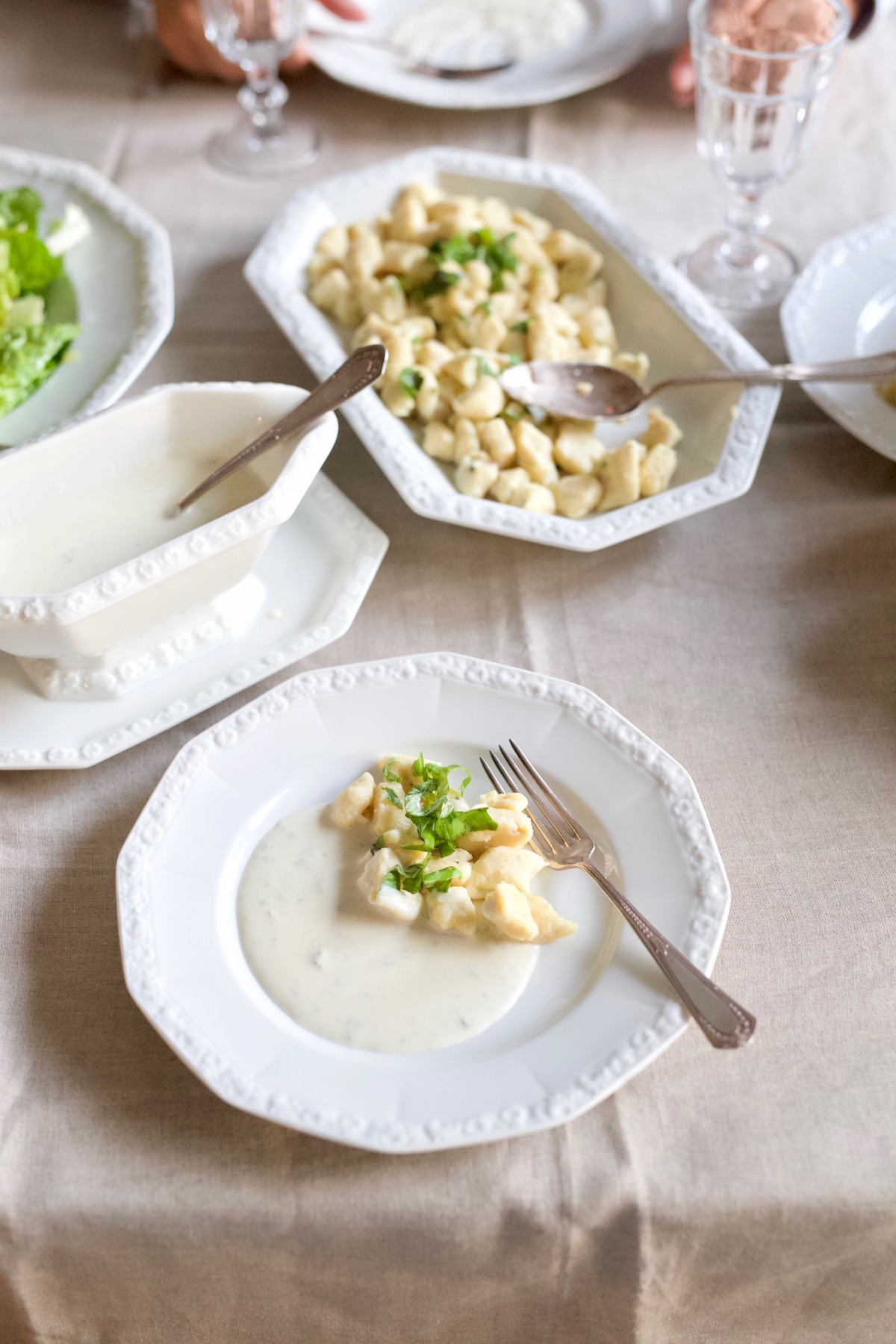 Ugotowane kopytka podajemy z gorącym sosem z gorgonzoli i posiekanymi liśćmi bazylii.
Ugotowane kopytka podajemy z gorącym sosem z gorgonzoli i posiekanymi liśćmi bazylii.



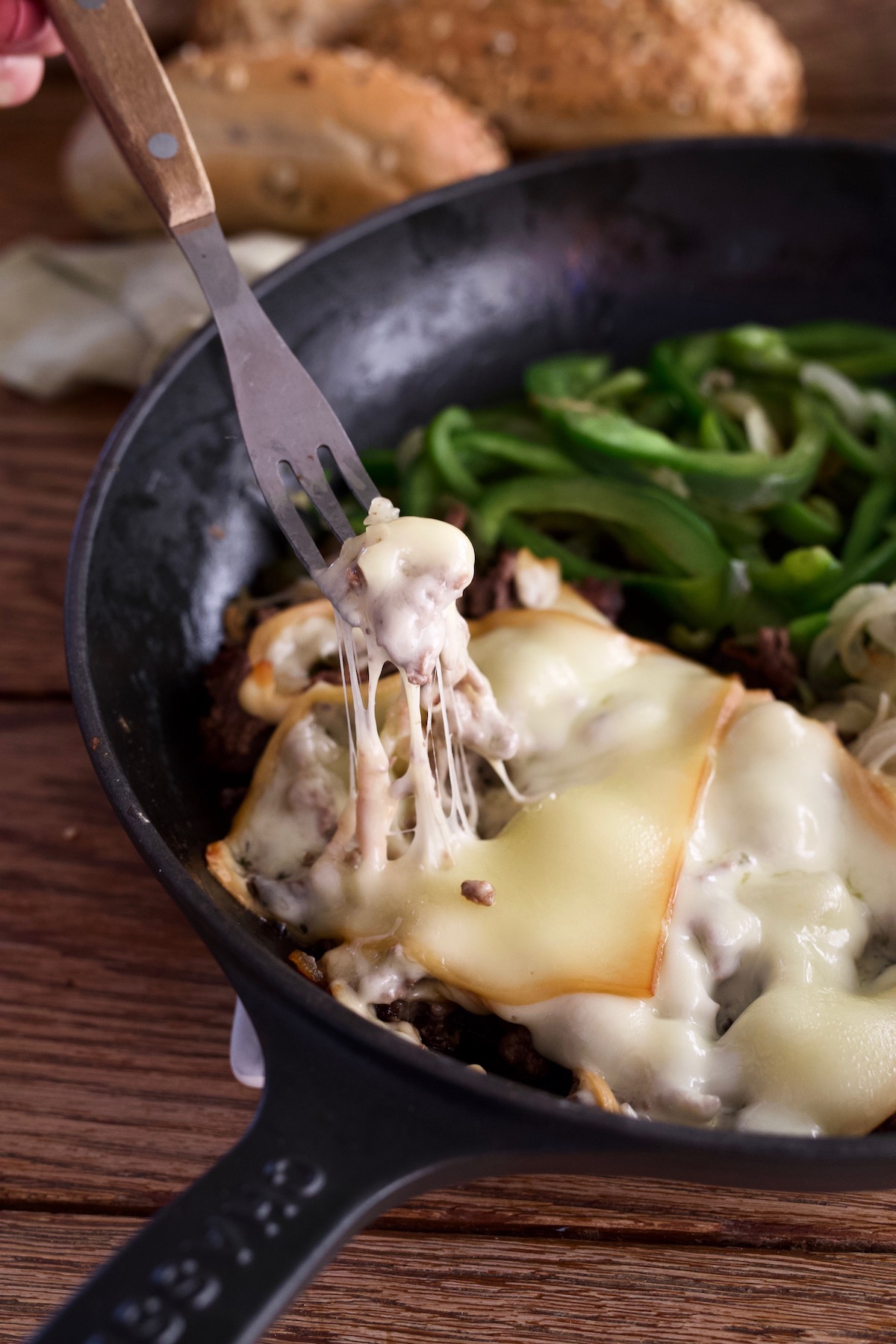 Na wierzch podsmażonej wołowiny rozkładamy plastry sera.
Na wierzch podsmażonej wołowiny rozkładamy plastry sera.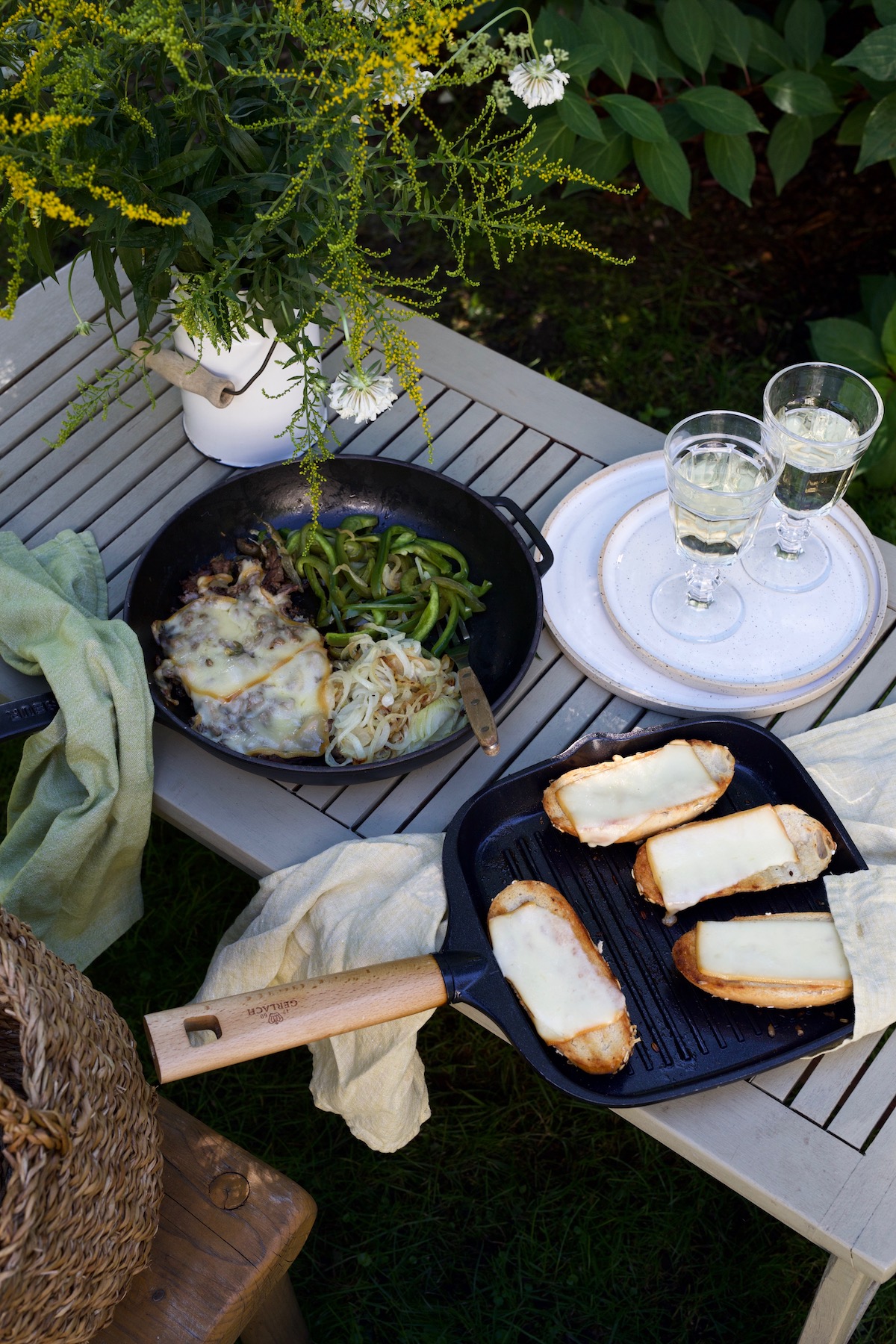 Całość delikatnie podsmażamy do momentu, aż rozpuści się ser.
Całość delikatnie podsmażamy do momentu, aż rozpuści się ser. 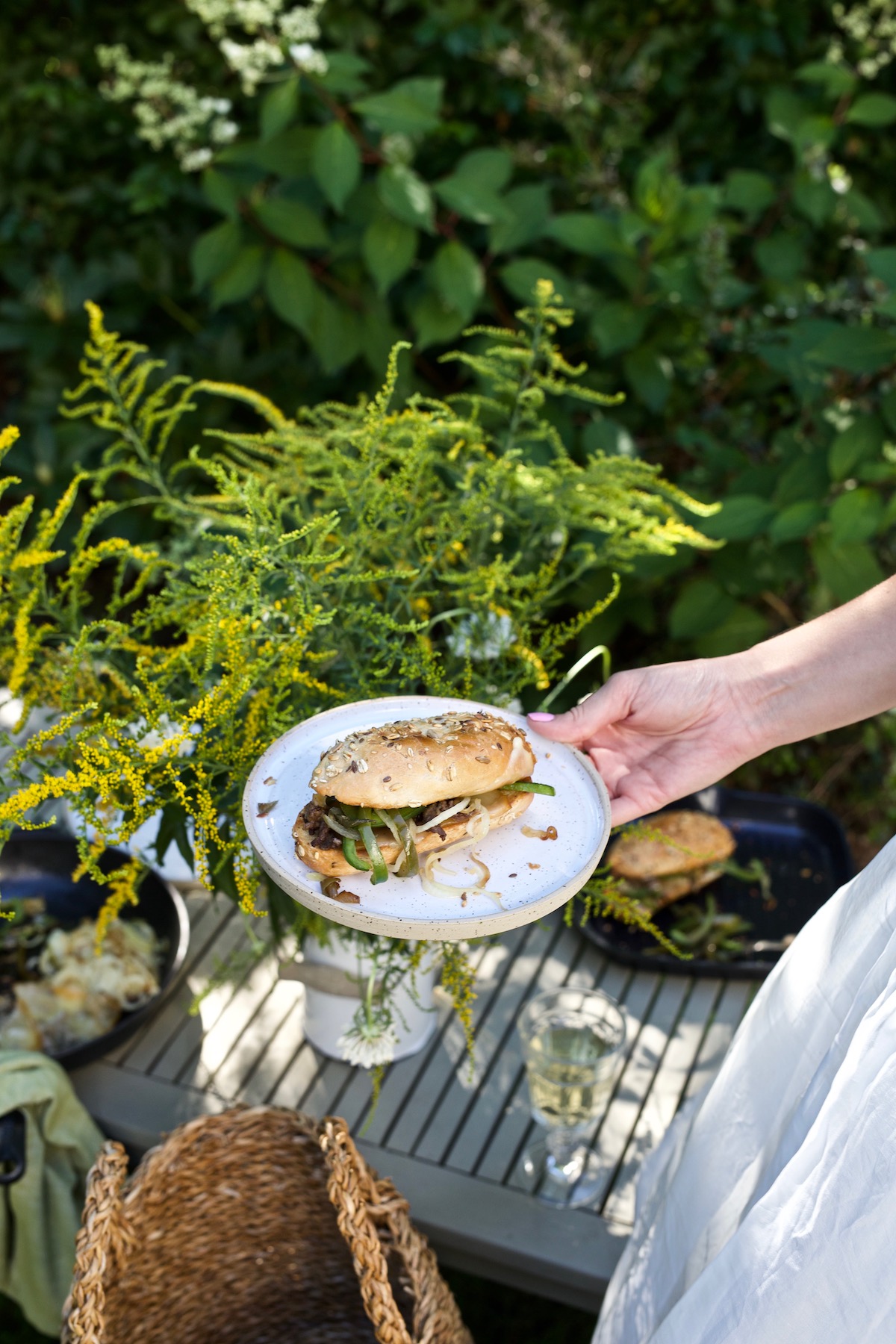 Bułki kroimy na pół, smarujemy masłem i pieczemy 2-3 minuty w nagrzanym piekarniku, by zrobiły się chrupiące – możemy również podpiec je na patelni. Na chrupiące pieczywo nakładamy plastry sera żółtego. Za pomocą łopatek przekładamy „farsz” do ciepłych bułek i przykrywamy drugą częścią pieczywa. Podajemy na ciepło.
Bułki kroimy na pół, smarujemy masłem i pieczemy 2-3 minuty w nagrzanym piekarniku, by zrobiły się chrupiące – możemy również podpiec je na patelni. Na chrupiące pieczywo nakładamy plastry sera żółtego. Za pomocą łopatek przekładamy „farsz” do ciepłych bułek i przykrywamy drugą częścią pieczywa. Podajemy na ciepło.